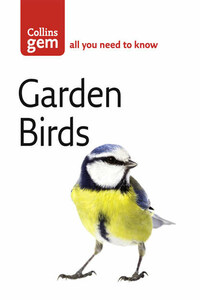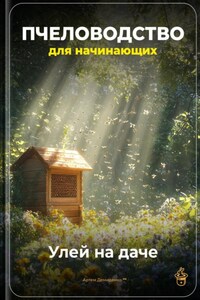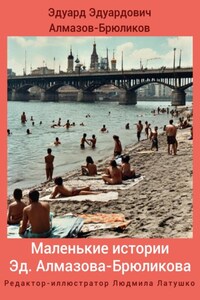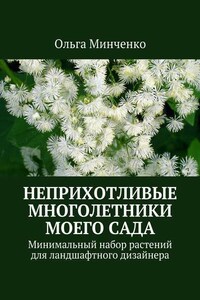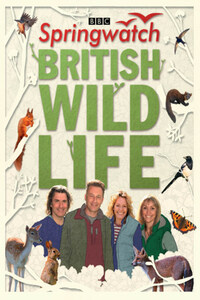![image]()
For many people, garden birds provide a constant free show outside their back window, which changes from day to day and season to season, so that there is always something new to see. But to get the best out of your garden birds you need to do a bit of preparatory work.
In the following introductory sections I shall be giving details of how to attract birds to your garden â and how to maximise the number of birds and variety of species that visit. This can be done in three main ways:
Nuthatch
By providing food: a selection of nutritious, high energy food delivered via a bird table and specially designed feeders will act like a magnet to the birds in your neighbourhood â once they know itâs there they will just keep on coming! Plants that provide seeds or berries, or attract insects, are also a vital component to a bird friendly garden.
By providing nest sites: this can be done in two main ways â by planting suitable shrubs and bushes for birds to build their own nests, or by putting up artificial nestboxes which act as substitute nest sites for hole-nesting woodland species such as tits.
By providing water: birds need to drink and bathe as well as eat, so put out a bird bath or better still, make a garden pond.
In addition I have also written a short section on dealing with garden pests and predators, such as cats, squirrels, magpies and sparrowhawks.
Once you have persuaded the birds to come to your garden, you now need a means by which you can watch them and learn about them. There are two key pieces of equipment:
Binoculars: a good quality pair of binoculars will open your eyes to the extraordinary plumage and lifestyle of your garden birds. Power isnât important: a 7x or 8x magnification is fine. But choose the best quality pair you can afford.
Notebook: writing down your observations and records in a notebook will not only encourage you to take a greater interest in unusual visitors or aspects of bird behaviour; it will also provide you with a record of the visitors to your garden over weeks, months and even years. It also enables you to take down details of any unfamiliar visitors, which you can check in the identification section of this book afterwards.
The final qualities you need speak for themselves: patience and the ability to sit quietly without disturbing the birds. But you donât necessarily have to stay indoors; sitting outside on a summerâs evening gives great views of Swifts and House Martins overhead; while sitting quietly in your garden at any time of year, and allowing the birds to get used to your presence, will soon result in them continuing to feed as if you werenât even there!
Blue Tit
